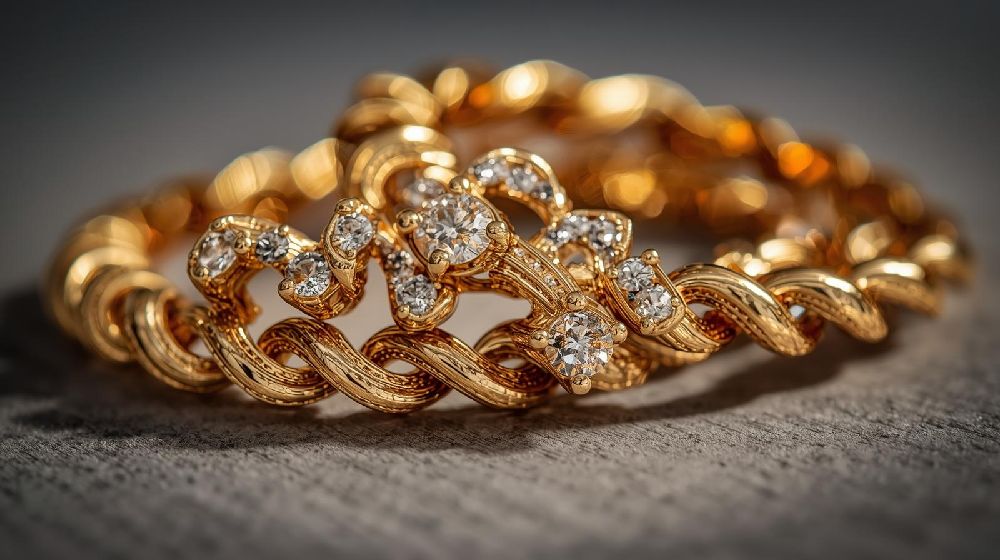
Jewelry production has entered a bold new era — one where tradition meets technology, and artistry blends seamlessly with automation. In 2025, the jewelry industry isn’t just about creating ornaments; it’s about creating experiences — pieces that tell stories of precision, passion, and progress.
1. The Fusion of Tradition and Technology
Gone are the days when jewelry was made solely by hand. Today, modern jewelry production is an elegant balance between handcrafted artistry and digital precision.
Techniques like CNC (Computer Numerical Control) machining, Laser Welding, and 3D Printing have transformed how jewelers design and produce gold pieces. These technologies ensure each detail — every curve, engraving, and texture — is flawless and repeatable, without losing the handcrafted soul that defines fine jewelry.
This combination of human creativity and technological accuracy is what makes modern jewelry truly extraordinary.
2. Sustainable Crafting Takes Center Stage
One of the biggest trends shaping jewelry production is sustainability. As consumers grow more eco-conscious, jewelers are adopting recycled gold, lab-grown stones, and environmentally friendly processes.
Water-saving polishing systems, waste reduction techniques, and energy-efficient machinery are now part of the production line.
The result? Beautiful jewelry that doesn’t just shine on the outside, but also aligns with a deeper ethical glow — respecting both craftsmanship and the planet.
3. 3D Design and Rapid Prototyping
The rise of 3D CAD (Computer-Aided Design) has revolutionized how jewelry is conceived. Designers can now visualize intricate patterns, experiment with structures, and adjust proportions before any gold is melted.
Using 3D printing, jewelers can create prototypes to test designs in real form — allowing faster customization and reduced waste. This technology has made personalized jewelry more accessible than ever, giving every customer a chance to wear something truly unique.
4. Precision Through CNC and Laser Welding
Jewelry production has reached new heights with CNC craftsmanship — a technique that allows ultra-fine detailing with micro-millimeter precision. Combined with laser welding, which creates smooth and durable joints, this innovation ensures every bangle, ring, or chain is crafted with unmatched strength and beauty.
Brands like ORO-Z have embraced this craftsmanship evolution, setting new standards of durability and design perfection.
5. Handmade Meets High-Tech
Even as machines bring speed and accuracy, the human touch remains irreplaceable. Hand polishing, stone setting, and finishing add the warmth and uniqueness that no machine can replicate.
This balance between human artistry and machine precision defines the new age of jewelry production — a harmony of skill and science.
Conclusion
The production of jewelry today is no longer just about creating beauty — it’s about crafting innovation. From sustainable materials and digital design to CNC precision and artistic finishing, the jewelry industry has evolved into a world where technology enhances creativity rather than replaces it.
Each piece born from this evolution carries the soul of the artisan and the brilliance of innovation — a true reflection of the future of fine jewelry.


